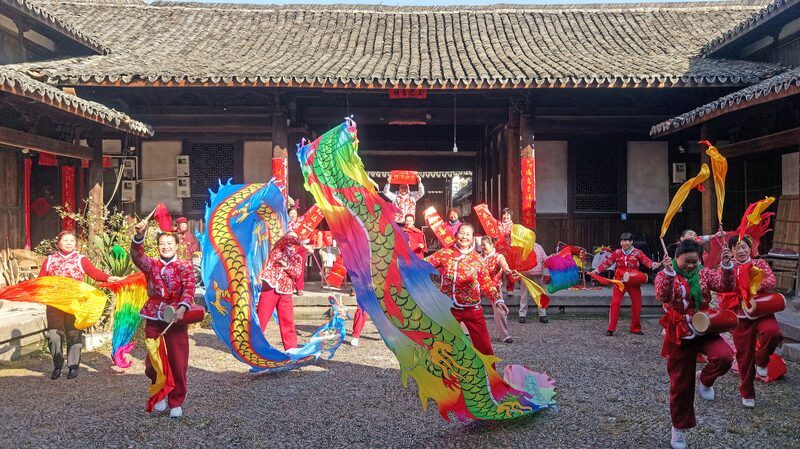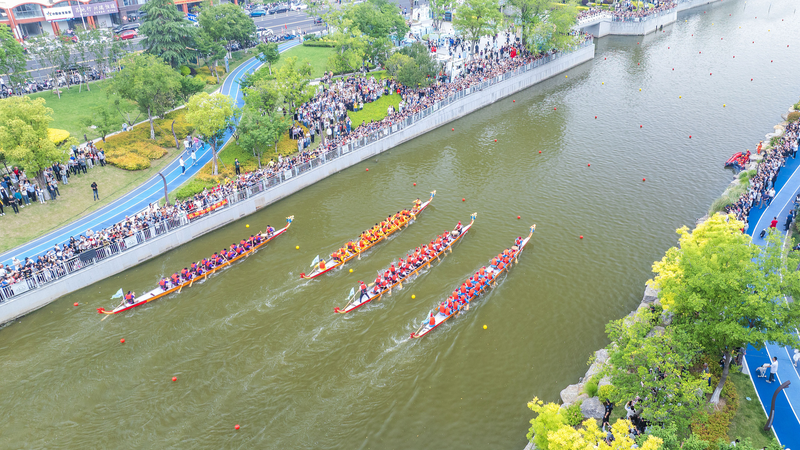The Chinese Spring Festival, a tradition spanning over 4,000 years, has transcended its agrarian roots to become a vibrant global celebration. Marking the end of winter and the onset of spring, this festival is now embraced by nearly one-fifth of the world's population, with around 20 countries recognizing it as a legal holiday.
Historically, the Spring Festival was a time for honoring ancestors, warding off mythical beasts like the Nian, and welcoming prosperity through rituals such as offering sacrifices, lighting lanterns, and preparing communal feasts. These practices were deeply intertwined with rural life and community cohesion.
In today's digital age, technology has revolutionized the way the Spring Festival is celebrated. Traditional fireworks displays have been augmented with stunning drone light shows, and the age-old custom of exchanging red envelopes has evolved into virtual 'hongbao' via platforms like WeChat, enabling global participation regardless of geographical distances.
Major cities around the world, including Sydney and New York City, host grand parades and fireworks spectacles, blending local traditions with Chinese customs. In countries like Canada and Indonesia, the festival seamlessly integrates indigenous rituals, creating a multicultural tapestry that enhances its global appeal. In the Philippines, for instance, the Spring Festival harmonizes with local indigenous practices, showcasing a beautiful fusion of cultures.
The widespread popularity of the Spring Festival is driven by its universal themes of family, renewal, and hope, which resonate across diverse cultures. The Chinese diaspora, numbering around 60 million worldwide, plays a pivotal role in preserving and sharing these traditions, fostering a sense of heritage and community abroad.
China's expanding global influence has further propelled the Spring Festival's international reach. Initiatives such as the \"Happy Chinese New Year\" campaign and the Belt and Road Initiative (BRI) promote cultural exchanges through performances and exhibitions. The Global Civilization Initiative (GCI) also supports these efforts by highlighting the importance of cultural diversity and mutual respect. Chinese embassies and cultural centers worldwide organize events that showcase traditional practices, from zodiac animal symbolism to the intricate art of paper-cutting and the culinary delights of dumpling-making.
As the Spring Festival continues to evolve, its ability to adapt and integrate with local cultures ensures that it remains a meaningful and joyous occasion for millions around the globe, celebrating both heritage and unity in an increasingly interconnected world.
Reference(s):
cgtn.com




